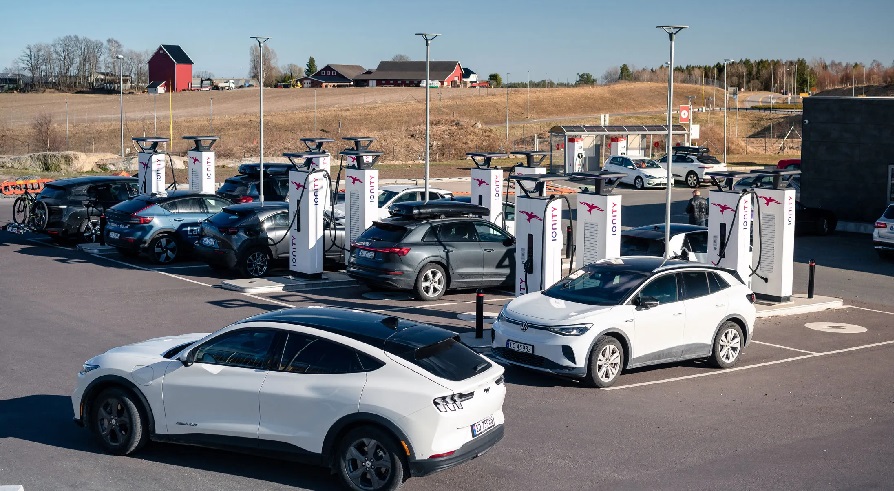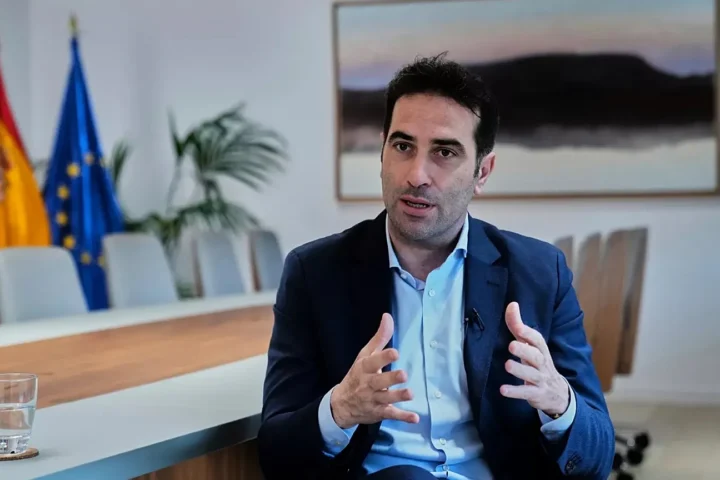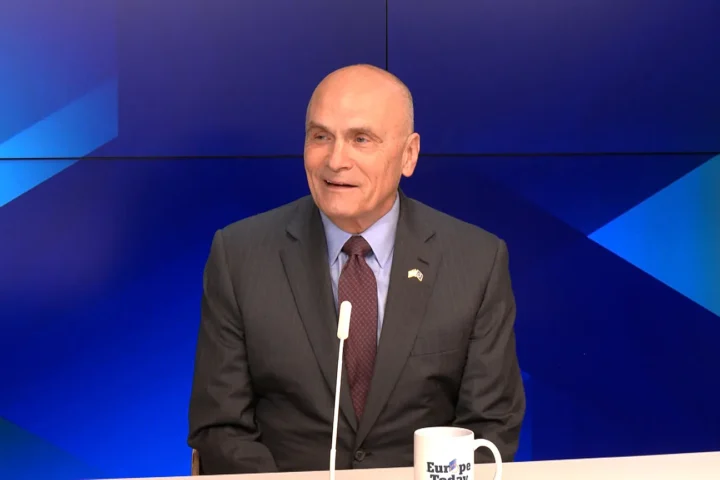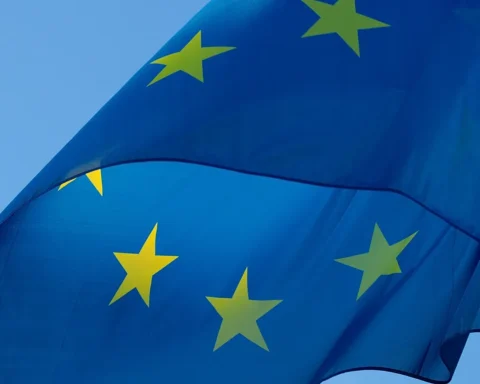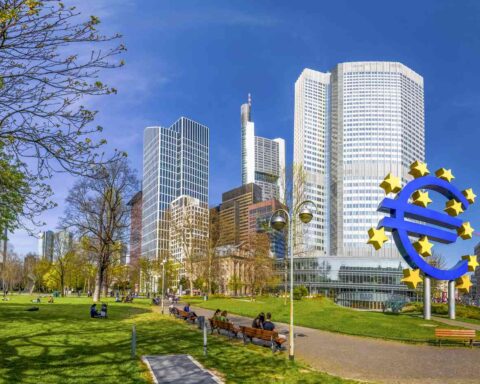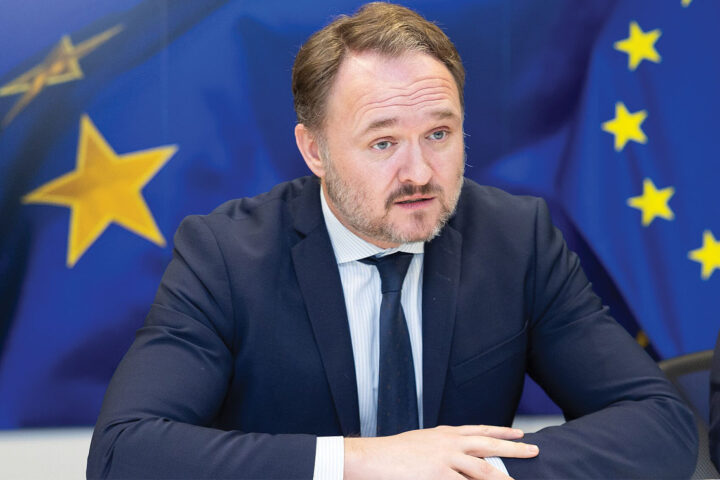Norway’s dominance in electric vehicle (EV) adoption is no accident. With EVs accounting for nearly 89% of all new car registrations in 2024, the Nordic nation has pulled far ahead of its European peers. Denmark, the closest competitor, saw just 51.5% of new car sales go electric. Norway isn’t just leading—it’s redefining what’s possible in EV transformation.
A Vision Three Decades in the Making
Norway’s success story began in the 1990s with the introduction of early EV incentives. What followed was not a flurry of short-term subsidies, but a well-structured and evolving framework that rewarded consistency.
Unlike other countries that flip-flop on incentives, Norway’s approach has been both stable and transparent. This long-term vision has empowered consumers to make informed decisions and commit to EVs with confidence.
“Norway has done what others struggle with: setting clear, long-term plans and sticking to them,” says Jaap Burger, senior advisor at the Regulatory Assistance Project (RAP). “Their incentives didn’t just make EVs competitive—they made them predictable.”
Clarity That Built Trust
Norwegian citizens knew what to expect. Tax breaks, toll exemptions, and other benefits were always part of a communicated roadmap. For example:
- EVs were exempt from road tax until 2021, which transitioned to reduced tax afterward.
- Tolls and ferry fares were free until 2017, gradually shifting to a 50% discount over several years.
Instead of sudden policy cuts, the government phased out benefits slowly—allowing the market to adapt. In contrast, countries like Germany saw EV sales nosedive after abruptly pulling back incentives, causing a 27% decline in EV growth in 2024.
Making EVs Part of Everyday Life
Norway didn’t just sell EVs—it integrated them into everyday life. From using bus lanes in Oslo to promoting remote heating features suited for cold climates, the country made owning an EV a lifestyle upgrade.
And infrastructure? Norway nailed that too. 81% of EV charging happens at home, and 92% of those households use dedicated charging boxes. Even remote rural areas are covered, removing one of the biggest adoption hurdles seen in other countries.
Electric trucks have also seen widespread adoption, with 88% of drivers reporting satisfaction in a 2024 Oslo survey. This shows the success goes beyond personal cars—it’s a full-spectrum transformation.
Driving with Purpose
Environmental messaging has played a major role in Norway’s EV push. With a 12.1% drop in CO₂ emissions from passenger cars between 2022 and 2023, citizens see the tangible impact of their choices. The transition isn’t just practical—it’s moral.
Lessons for Europe
The takeaway for the rest of Europe? Plan long-term and stay the course.
“Plan over at least a decade,” says Burger. “If you want to maintain momentum, you have to give citizens clarity on what’s coming.”
Even Christian Levin, CEO of Scania, echoes this: “Europe must come together and commit—like Norway has.”
Final Charge
Norway offers a compelling blueprint for how to accelerate EV adoption: consistency, clarity, infrastructure, and a citizen-first approach. For Europe to meet its climate goals, it’s time to plug into the Norwegian model—and drive forward together.
